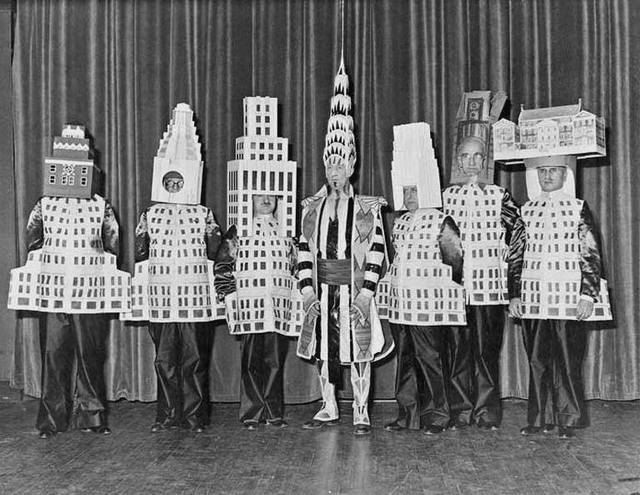Deep sea exploration and the science of oceanography began 150 years ago when British survey ship HMS Challenger set off from Portsmouth with 181 miles of rope. The Royal Society tasked the expedition, among other things, with “investigat[ing] the physical conditions of the deep sea… in regard to depth, temperature circulation, specific gravity and penetration of light.” It was the first such voyage of its kind.
To accomplish its objectives, Challenger swapped all but two of its guns for specialized equipment, including — as assistant ship’s steward Joseph Matkin described in a letter home — “thousands of small air tight bottles and little boxes about the size of Valentine boxes packed in Iron Tanks for keeping specimens in, insects, butterflies, mosses, plants, etc… a photographic room on the main deck, also a dissecting room for carving up Bears, Whales, etc.”
Findings from the four-year voyage totaled almost thirty-thousand pages when published in a report. But the Challenger’s most famous legacy may be its discovery of the Mariana Trench. The ship recorded a sounding of 4,475 fathoms (26,850 ft.) in a southern part of the trench subsequently called Challenger Deep, and now known as the deepest part of the ocean and the “lowest point on Earth.” The most recent soundings using advanced sonar have measured its depth at somewhere between 35,768 to 36,037 feet, or almost 7 miles (11 kilometers).
Challenger Deep is so deep that if Everest were submerged into its depths, the mountain’s peak would still be roughly a mile and a half underwater. In 1960, a manned crew of two descended into the trench. Dozens of remote operated vehicles (ROVs) have explored its depths since, but it wouldn’t be until 2012 that another human made the 2.5 hour descent, when Avatar and The Abyss director James Cameron financed his own expedition. Then in 2019, explorer Victor Vescoso made the journey, setting the Guinness world record for deepest manned submarine dive when he reached the Eastern Pool, a depression within Challenger Deep. Just last year, he bested the record with his mission specialist John Rost, exploring the Eastern Pool for over four hours.
Last year’s descent brings the total number of people to visit Challenger Deep to five. How can the rest of us wrap our heads around a point so deep beneath us it can swallow up Mount Everest? The beautifully detailed, 3D animation at the top of the post does a great job of conveying the relative depths of oceans, seas, and major lakes, showing undersea tunnels and shipwrecks along the way, with manmade objects like the Eiffel Tower (which marks, within a few meters, the deepest scuba dive) and Burj Khalifa placed at intervals for scale.
By the time the animation — created by MetaBallStudios’ Alvaro Gracia Montoya– submerges us fully (with booming, echoing musical accompaniment) in the Mariana Trench, we may feel that we have had a little taste of the awe that lies at the deepest ocean depths.
Related Content:
A Radical Map Puts the Oceans–Not Land–at the Center of Planet Earth (1942)
What the Earth Would Look Like If We Drained the Water from the Oceans
Climate Change Gets Strikingly Visualized by a Scottish Art Installation
Filmmaker James Cameron Going 36,000 Feet Under the Sea
Josh Jones is a writer and musician based in Durham, NC. Follow him at @jdmagness






